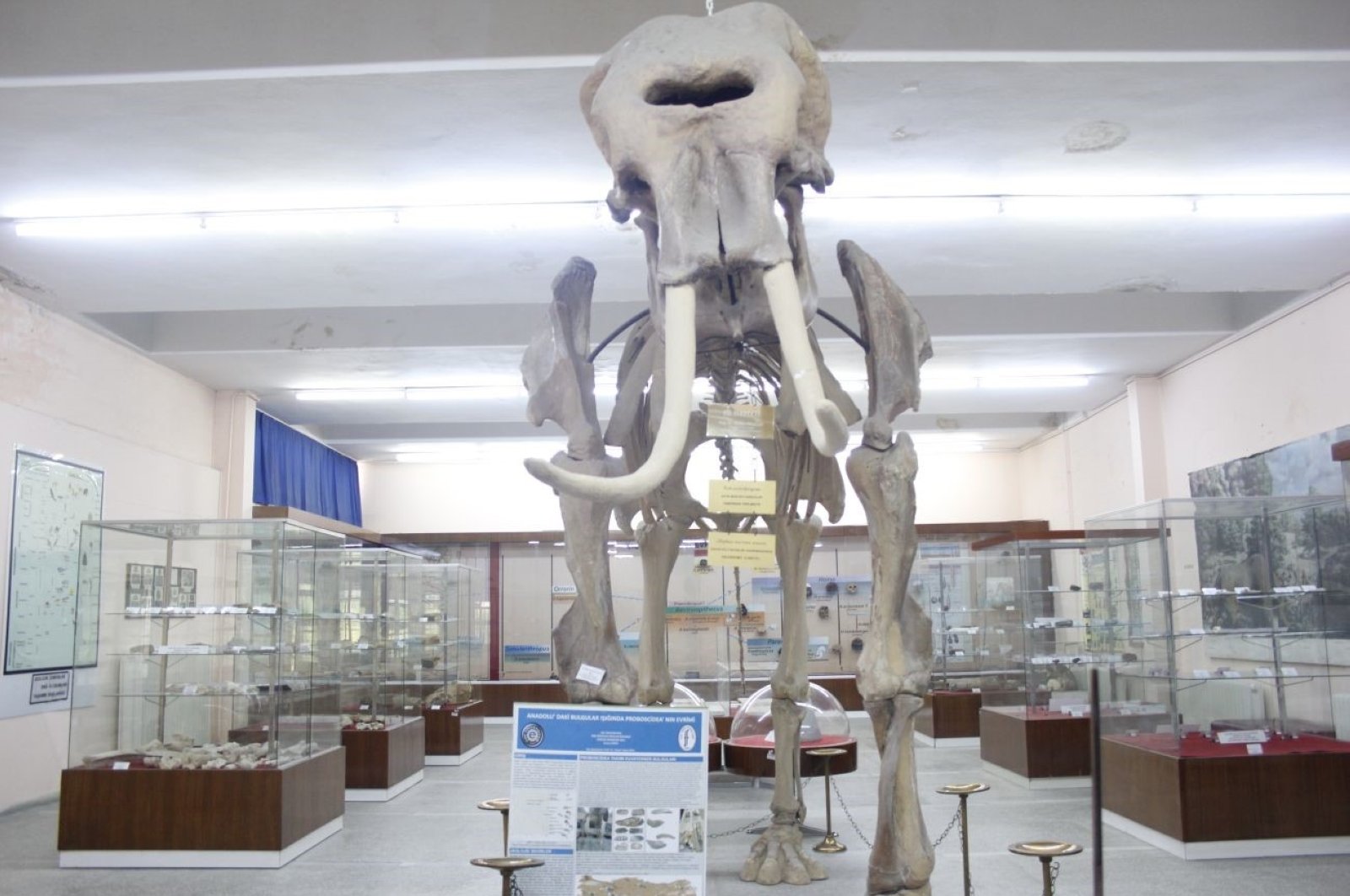
The Ege University (EU) Natural History Collection, which was opened on the occasion of the republic's 50th anniversary, offers a captivating exploration of the realm of natural science. This repository of knowledge, which unveils the intricacies of natural history to enthusiasts and experts alike, has been welcoming an annual average of 20,000 visitors. A trove of thousands of fossils, rocks and specimens of living organisms is on display across six meticulously curated galleries.
Professor Kerim Çiçek, director of the Natural History Application and Research Center (UAM), delved into the collection's details, stating, "Within our center's natural history collection, numerous specimens of living organisms and fossilized materials indigenous to Türkiye are showcased. Whenever scientists unearth a fossil or an object, they meticulously identify its classification, analyze its structural characteristics, and infer transformations in geological processes from the distant past to the present day. These items are then prepared for exhibition."
At the heart of the center, a remarkable array of fossils predominates, particularly those belonging to mammals such as horses, elephants and rhinoceroses. Çiçek expanded on the collection's diversity, revealing that "The assembly also encompasses diverse species of vertebrates and invertebrates: Mollusks, sea urchins, arthropods, marine and freshwater fish, amphibians, reptiles, birds, and mammals. The collection houses more than 15,000 artifacts, including various minerals like quartz and amethyst, as well as fossils of horses, rhinos, carnivores, and the polyester skeleton of a Tyrannosaurus rex – king of the dinosaurs – that roamed America 67 million years ago. Additionally, two preserved Anatolian leopards, hunted in the 1950s and rare even during Seljuk times, are on display."
Speaking about the composition of the collection's audience, Çiçek noted, "The majority of visitors to EU's UAM are young people and children. We are actively engaged in organizing activities aimed at nurturing their manual dexterity and imagination. Our collection's research endeavors serve to unveil Türkiye's abundant paleofauna, paleoflora, mineral formations and contemporary biological diversity to the scientific community, disseminated through various publications."
Elevating the visitor experience, Çiçek revealed that a data matrix application is in the pipeline, sharing: "To enhance our visitors' engagement, we are in the process of adopting a data matrix application. Through QR codes, patrons will gain access to multimedia-rich information about the exhibits, available in both audio and text formats. This innovative application is slated for swift implementation."
